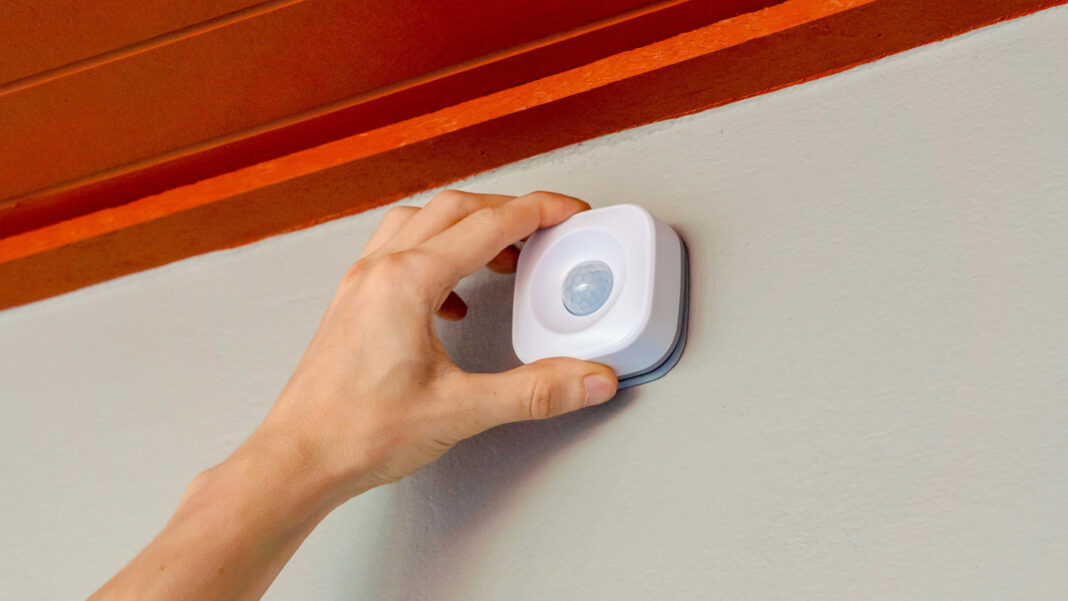5 Clever Uses For Motion Detectors Around Your House: Transforming Your Space Into a Smart Home
A smart home is not just a modern convenience; it’s a lifestyle upgrade that can make your daily routines more efficient and enjoyable. From automating tasks to enhancing security, smart devices play a crucial role in creating a seamless living experience. While smart plugs and voice assistants are popular choices for many, there’s one device that stands out for its versatility and practicality: the motion sensor.
Priced affordably between $20 to $40 on Amazon, motion sensors offer a wide range of applications beyond just security and surveillance. These innovative devices can revolutionize the way you interact with your home, making it more convenient and personalized to your needs. Here are five clever ways you can utilize motion sensors to maximize their potential in your living space.
Detecting New Mail: Making Mailbox Alerts Smarter
Opening your mailbox to find a package or important mail can be exciting, but constantly checking it can be tedious, especially if it’s located far from your home. With a battery-powered motion sensor installed inside the mailbox, you can receive instant notifications on your phone whenever the mailbox is opened. For a more sophisticated setup, consider integrating the sensor with third-party systems like Alexa or IFTTT to trigger customized alerts such as turning on a light or announcing through a smart speaker.
Creating Soundscapes in Particular Spaces: Setting the Mood with Music
Music has the power to influence our moods and surroundings. By using motion sensors to trigger specific playlists in different areas of your home, you can curate personalized soundscapes that enhance the ambiance. For instance, entering your reading nook could prompt soothing nature sounds, while stepping into your home gym could activate energizing workout tunes. Pairing a motion sensor with a smart speaker like Loodio or Amazon Echo Dot can streamline this process and create a seamless audio experience.
Setting Your Home on Vacation Mode: Energy-Saving Automation
Motion sensors are not just about detecting movement; they can also help conserve energy and secure your home when you’re away. By programming the sensors to recognize prolonged inactivity, you can activate vacation mode settings that optimize energy usage and safety measures. From adjusting HVAC settings to closing blinds and turning off appliances, motion sensors can ensure your home remains efficient and protected during your absence.
Guarding Secret Storage: Securing Confidential Spaces
If you have valuables or sensitive items to protect, motion sensors can provide an extra layer of security for your storage units. Placing a discreet sensor inside a cupboard or drawer can trigger alerts on your phone or other devices when unauthorized access is detected. You can even integrate a hidden camera for added surveillance, ensuring that your confidential belongings remain safeguarded at all times.
Sending You Plant Care Reminders: Nurturing Your Indoor Garden
For plant enthusiasts, keeping track of watering schedules can be challenging. Motion sensors offer a simple solution by reminding you to check your plants regularly. By detecting inactivity near your plants, the sensor can prompt notifications to assess soil moisture levels and water accordingly. This proactive approach ensures that your indoor greenery thrives, even with irregular watering needs.
In conclusion, motion sensors are versatile tools that can elevate your home’s functionality and convenience. By exploring these innovative applications, you can unlock the full potential of motion detectors in transforming your living space into a smart home tailored to your lifestyle and preferences.
Frequently Asked Questions
1. How do motion sensors enhance home security?
Motion sensors can detect movement and trigger alerts or actions to enhance security measures, such as notifying you of potential intruders or activating lights and alarms.
2. Can motion sensors be integrated with other smart home devices?
Yes, motion sensors can be connected to various smart home systems and devices, allowing for seamless automation and customization of your living space.
3. Are motion sensors easy to install and use?
Most motion sensors are designed for easy installation and user-friendly operation, making them accessible for individuals looking to incorporate smart technology into their homes.
4. What are some common misconceptions about motion sensors?
One common misconception is that motion sensors are only useful for security purposes. In reality, they have diverse applications beyond security, as highlighted in this article.
5. Can motion sensors help save energy in the home?
Yes, motion sensors can contribute to energy conservation by turning off lights, appliances, or heating/cooling systems when no activity is detected, thus reducing unnecessary energy consumption.
6. Are there privacy concerns associated with using motion sensors in the home?
Privacy concerns may arise with motion sensors, especially if they are used for surveillance or monitoring purposes. It’s essential to use these devices responsibly and ethically to respect privacy boundaries.
7. How can motion sensors improve convenience in daily routines?
By automating tasks and triggering specific actions based on movement, motion sensors can streamline daily routines, making them more efficient and convenient for homeowners.
8. Can motion sensors be tailored to individual preferences and needs?
Yes, motion sensors can be customized to suit your specific requirements, whether it’s creating personalized soundscapes, setting up plant care reminders, or securing confidential storage areas.
9. What are some creative ways to use motion sensors in a smart home setup?
Apart from the examples discussed in this article, motion sensors can be applied creatively in various scenarios, such as adjusting lighting based on occupancy, monitoring pet activities, or even enhancing entertainment experiences.
10. How can motion sensors contribute to a more sustainable and eco-friendly home environment?
By promoting energy efficiency, optimizing resource usage, and encouraging mindful consumption habits, motion sensors play a part in fostering a sustainable home environment that aligns with eco-friendly practices and values.

